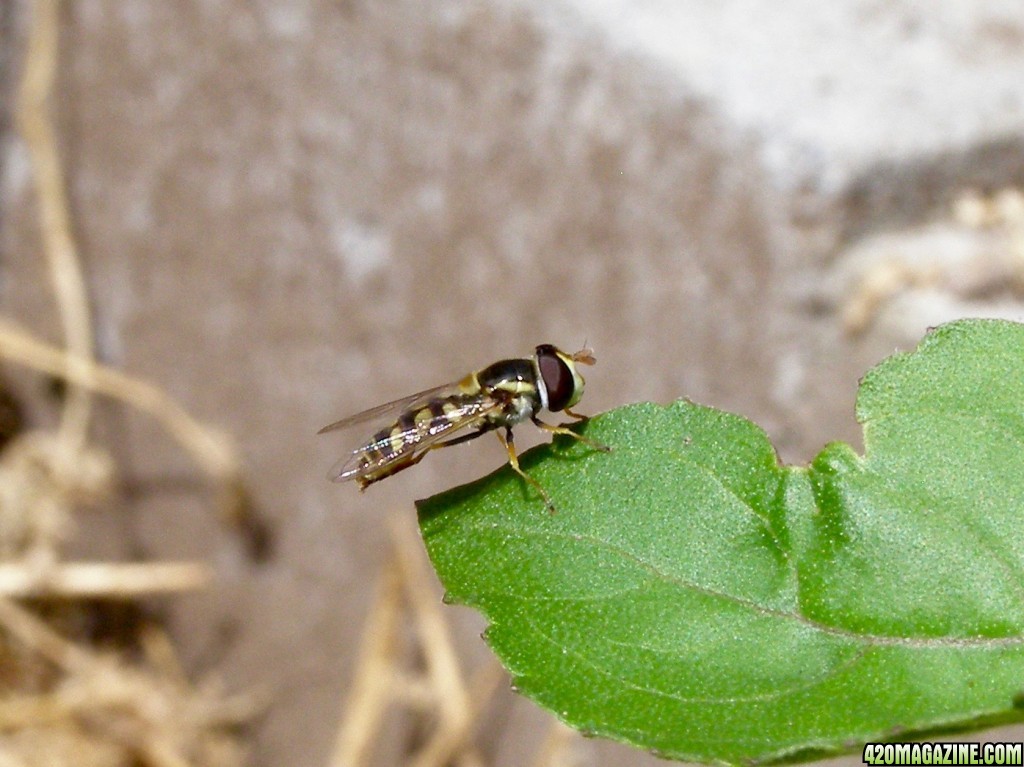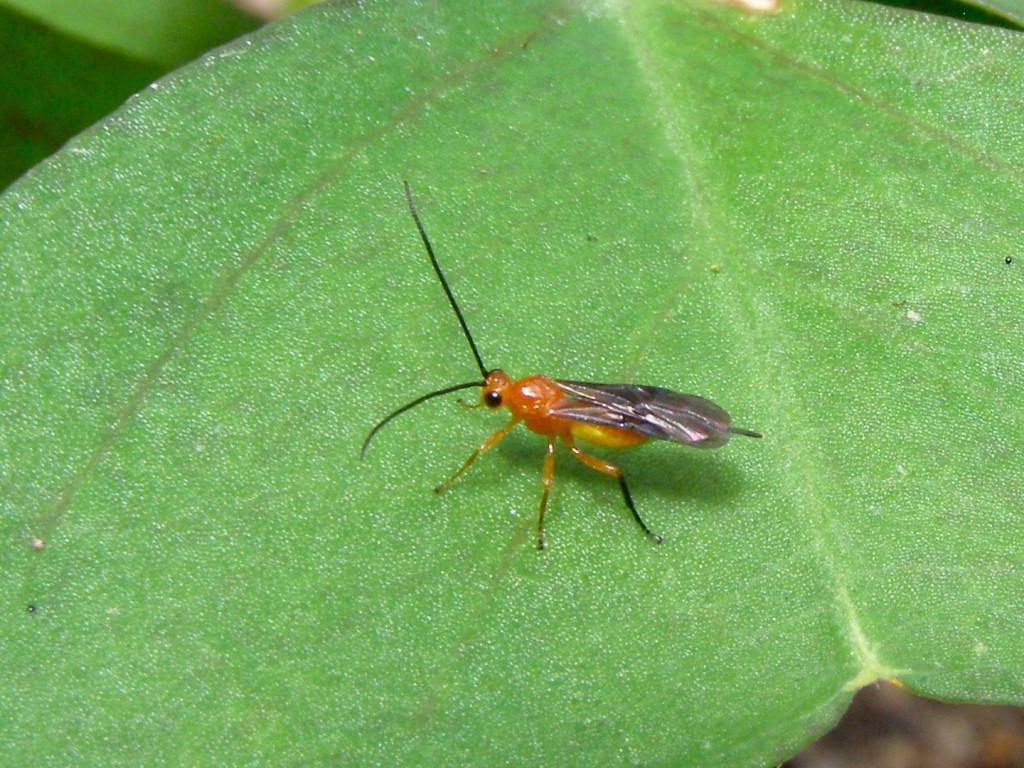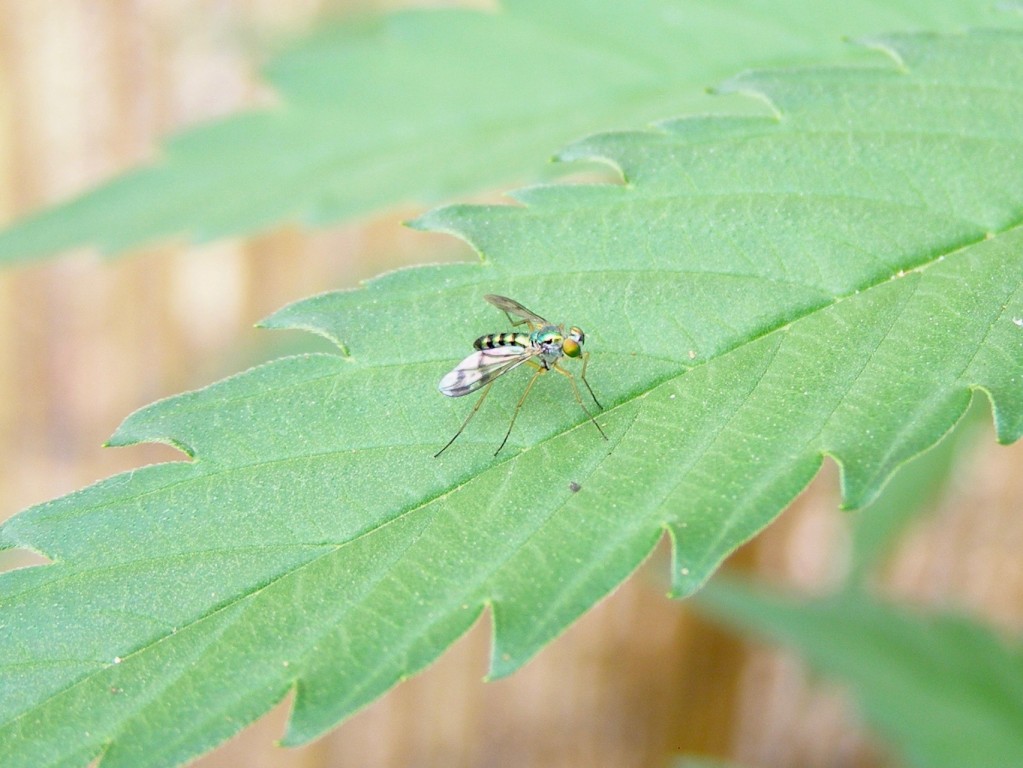Growing outdoors is all about balance...

My outdoor garden of Eden has pests of all kinds. They’ll be there to some degree no matter what i do, within organic parameters . Eden has it all though, so there are also plenty of predators. I love entering the macro world of these tiny critters on my plants and I’ve started to collect quite a few, and some fo them I still dont know what they are!
. Eden has it all though, so there are also plenty of predators. I love entering the macro world of these tiny critters on my plants and I’ve started to collect quite a few, and some fo them I still dont know what they are!
So - this thread is so I can collect them all in one place and start to build a database of what’s in my garden as well as get help identifying things and hopefully providing a resource for others in the process.
The focus here is on predators, not pests.
Although some pest pics will end up here in the process of identifying them as friend or foe, nobody needs to see more pictures of aphids, mites, thrips etc. No. This is for the things that, hopefully, eat them!
No. This is for the things that, hopefully, eat them! 
I’ll be adding to the thread slowly as I go back collect all the cool bugs I’ve captured in pixels and posted to the site over the last year and a bit. Then I’ll add to it as they appear before me.
Here is where we can admire them while also trying to identify who and what they are: Friend or Foe? That will determine their future
I’d like to ask @Pterostychus to sub in to this because he’s the most expert expert on insect and bug identification in residence, so far as I’ve discivered, and I figure this might be a better way to get hold of him when the need arises
I welcome everyone to join in to help ID too of course - just Pt is the go to guy on this! Please do share pics of good predators if you have nice closeups of your own - I will politely request that we keep it to good clear pics that show the features of the critter for good ID purposes, and appreciation purposes
that we keep it to good clear pics that show the features of the critter for good ID purposes, and appreciation purposes  And If you already know what they do, how they help, share that as well.
And If you already know what they do, how they help, share that as well.
I’ll actually start with the current one, found yesterday on a Sucker Punch Auto. So cute - ugly but interesting
Anyone have any idea what this one is?
Bug on!
My outdoor garden of Eden has pests of all kinds. They’ll be there to some degree no matter what i do, within organic parameters
 . Eden has it all though, so there are also plenty of predators. I love entering the macro world of these tiny critters on my plants and I’ve started to collect quite a few, and some fo them I still dont know what they are!
. Eden has it all though, so there are also plenty of predators. I love entering the macro world of these tiny critters on my plants and I’ve started to collect quite a few, and some fo them I still dont know what they are!So - this thread is so I can collect them all in one place and start to build a database of what’s in my garden as well as get help identifying things and hopefully providing a resource for others in the process.
The focus here is on predators, not pests.
Although some pest pics will end up here in the process of identifying them as friend or foe, nobody needs to see more pictures of aphids, mites, thrips etc.
 No. This is for the things that, hopefully, eat them!
No. This is for the things that, hopefully, eat them! 
I’ll be adding to the thread slowly as I go back collect all the cool bugs I’ve captured in pixels and posted to the site over the last year and a bit. Then I’ll add to it as they appear before me.
Here is where we can admire them while also trying to identify who and what they are: Friend or Foe? That will determine their future

I’d like to ask @Pterostychus to sub in to this because he’s the most expert expert on insect and bug identification in residence, so far as I’ve discivered, and I figure this might be a better way to get hold of him when the need arises

I welcome everyone to join in to help ID too of course - just Pt is the go to guy on this! Please do share pics of good predators if you have nice closeups of your own - I will politely request
 that we keep it to good clear pics that show the features of the critter for good ID purposes, and appreciation purposes
that we keep it to good clear pics that show the features of the critter for good ID purposes, and appreciation purposes  And If you already know what they do, how they help, share that as well.
And If you already know what they do, how they help, share that as well.I’ll actually start with the current one, found yesterday on a Sucker Punch Auto. So cute - ugly but interesting
Anyone have any idea what this one is?
Bug on!





 lol! It’s true tho - I have a loose rule of thumb that if a bug is hanging around on a plant that isn’t being eaten, then it’s not my enemy.
lol! It’s true tho - I have a loose rule of thumb that if a bug is hanging around on a plant that isn’t being eaten, then it’s not my enemy.




 I here to bug you
I here to bug you
 The band is playing Flight of the bumble bee
The band is playing Flight of the bumble bee




